Recent, Happening Now
December 22, 2025
WEST COAST AND CALIFORNIA LOGISTICS BLOG
Subscribe to instant updates library group background effect move style move subtract object pencil fill invite.
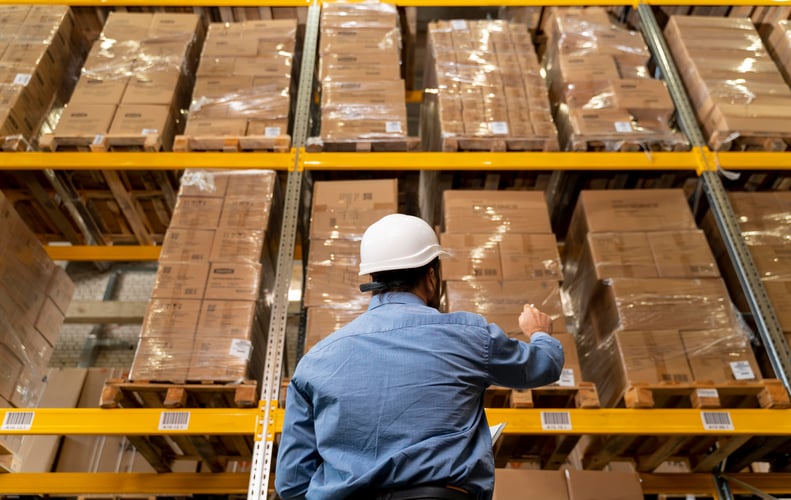
FILTER BY TOPIC
Recent Blog Posts
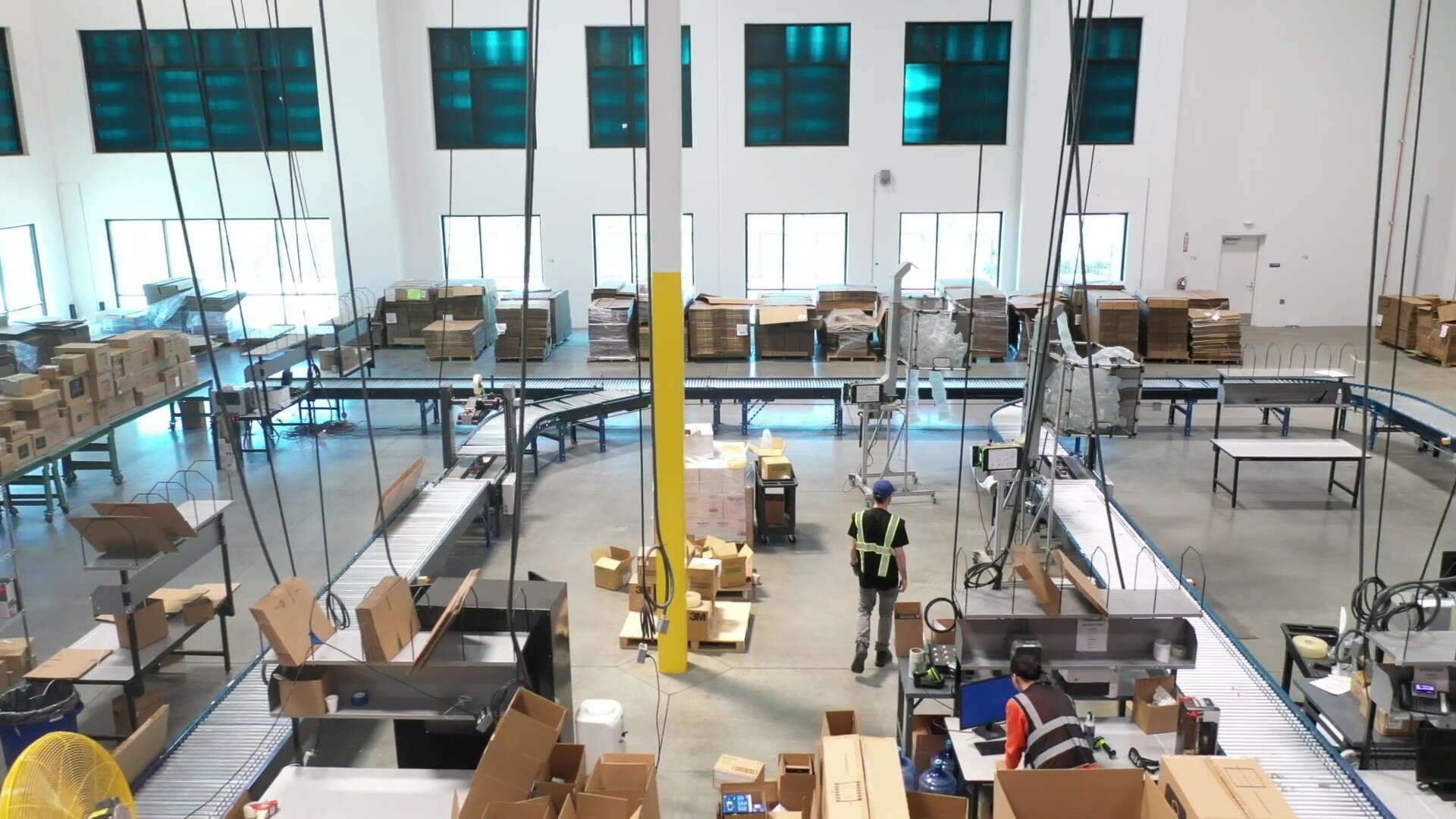
Recent, Happening Now
November 21, 2025
Why You’re Better Off Leaving Automation to a 3PL
In today's logistics landscape, warehouse automation is no longer a futuristic luxury — it's a necessity. But as companies face rising consumer expectations, tighter margins, and labor shortages, the...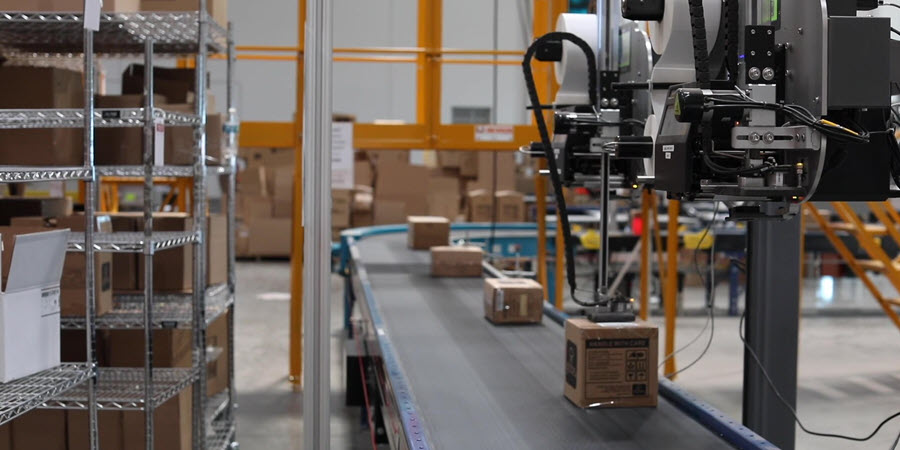
Recent, Happening Now
October 23, 2025
Rethinking Omnichannel Fulfillment: How a National 3PL Can Streamline Your Supply Chain
Retailers and eCommerce brands are under more pressure than ever to fulfill orders quickly, accurately, and across multiple channels. Whether shipping to a consumer’s doorstep, a retail store, or a...
Recent, Happening Now
October 15, 2025
Why the NY/NJ Region Remains a Top U.S. Logistics Gateway
With Weber Logistics’ recent national expansion, Weber now offers logistics services in the New York / New Jersey region – one of the densest, most infrastructure-rich corridors in the United States....All Blog Posts
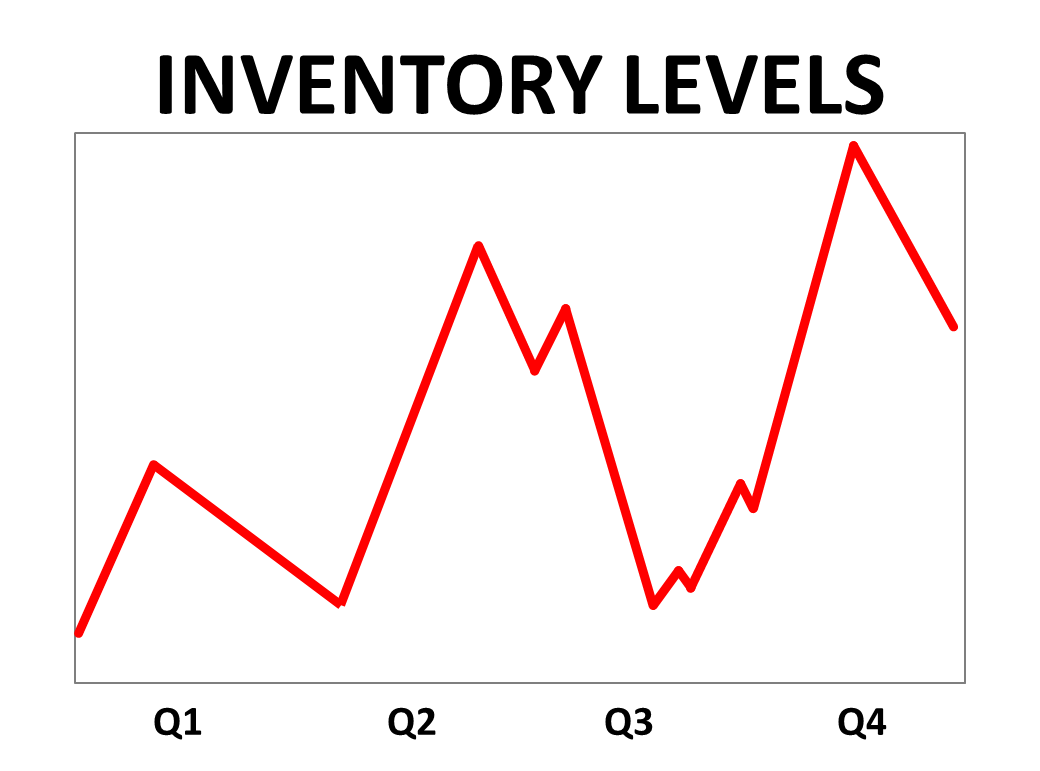
3PL
December 8, 2015
3PL’s can Help with Seasonal Fluctuations
As the final holiday push for many companies sends merchandise out of the warehouse and to retailers’ shelves, inventories become minimal and can leave many paying for empty warehouse space. Third...
West Coast Distribution
October 22, 2015
Searching beyond the Digital Surface to find the Right Partner
Technology we love it! Right? Well, when it comes to the dating world, not quite. The days of courtship, chivalry and face to face interaction are not long gone, but they are rare. Dating today can...
West Coast Distribution
June 18, 2015
Is the Honeymoon Over with your Current 3PL?
Many will say there is no better part of a relationship than the honeymoon phase. Both parties are always there for one another, care extremely about their partner and will do anything and everything...
West Coast Distribution
April 16, 2015
How a 3PL Provider Can Help Reduce Order Turnaround Time
“I want it and I want it now!” the mantra of consumers. Companies are doing everything they can to compete with one another in order turnaround time. Amazon was one of the first to enter this realm...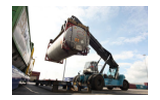
3PL
December 3, 2014
Choosing a Chemical Warehouse Provider
You’re not going to choose just any 3PL to store and ship your chemical products. The liability and safety risks associated with hazmat storage and shipping are just too great. But how can you...
3PL
November 5, 2014
How Determining Warehouse Rates Is Like Preparing Your Tax Return
Too often, companies assume they have no power to impact warehouse distribution rates from 3PLs and commercial warehouse providers. Not true. You have the power to control and reduce your...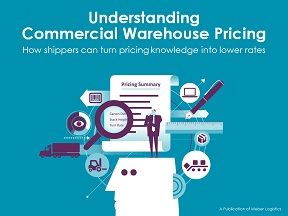
3PL
October 2, 2014
Data is the Key to Accurate Warehouse Pricing
Third party logistics providers use different warehouse pricing models to determine their costs for warehouse storage and services. But the approaches are pretty similar across providers. We all...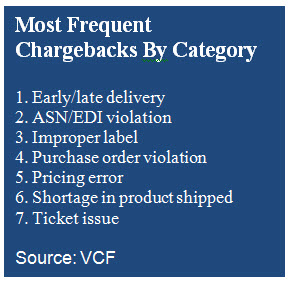
3PL
September 24, 2014
Retail Compliance to Reduce Chargebacks
Retailer chargeback fines for non-compliant shipments are a profit-draining reality for many consumer goods manufacturers.
Third Party Logistics
June 18, 2014
Buying a Brown Suit is Like Choosing a 3PL Provider
Were brown suits ever in style? Perhaps, but today they are typically not the first choice for fashionistas. For those who don’t follow fashion trends, however, a brown suit might seem like a good...
Logistics Management
June 11, 2014
Logistics Customer Service - The Shift From Paying to End Customer
What is logistics customer service? Well, traditionally it has meant logistics companies focused on providing great service to their paying customers. But lately 3PL providers are taking a vested...Subscribe to Instant Updates
Component variant main layer object list link mask create follower main vertical image blur comment bold variant opacity plugin italic.


 Capital Management
Capital Management